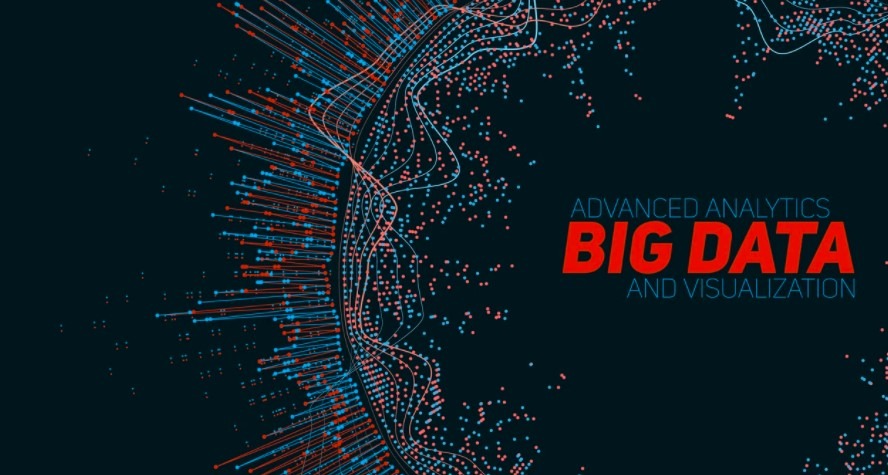hidden
Over 10 years experience of Traceability Solutions

By Pharmatrax Author
Category: Technoloy
 No Comments
No Comments
MIT Researchers Utilise Data to Predict the Future
Whether predicting tomorrow’s weather, forecasting future stock prices, identifying missed retail sales opportunities, or estimating a patient’s risk of acquiring an illness, time-series data, which are a collection of observations recorded over time, will almost certainly be required. Making predictions with time-series data usually necessitates numerous data-processing steps and the use of advanced machine-learning techniques, which have a steep learning curve and are not easily accessible to non-experts.
MIT researchers built a system that directly combines prediction functionality on top of an existing time-series database to make these powerful tools more user-friendly. Their simplified interface, dubbed tspDB (time series predict database), handles all of the intricate modelling behind the scenes, allowing even non-experts to quickly create a forecast.
When it comes to two tasks, the new system outperforms state-of-the-art deep learning algorithms in terms of accuracy and efficiency: forecasting future values and filling in missing data points. One of the reasons tspDB is so successful is that it incorporates a novel time-series-prediction algorithm. This technique is particularly good at making predictions on multivariate time-series data, which includes multiple time-dependent variables. Temperature, dew point, and cloud cover, for example, all depend on previous values in a weather database.
The algorithm also calculates the volatility of a multivariate time series in order to provide the user a level of confidence in its forecasts. This technique can efficiently capture any time-series structure out there, even as the time-series data becomes more and more complex. The researchers have discovered the appropriate lens through which to examine the model complexity of time-series data.
For a single time series, the algorithm converted it to a matrix and used matrix estimation procedures. The main intellectual problem was figuring out how to make it work with several time series. After a few years of difficulty, the researchers discovered the solution: stack the matrices for each separate time series, consider it as a single large matrix, and apply the single time-series algorithm to it.
This naturally uses data from many time series — both inside each time series and across time, as they detail in their new paper. This recent publication also covers fascinating alternatives, such as seeing the multivariate time series as a three-dimensional tensor instead of translating it into a large matrix. A tensor is a multi-dimensional array of integers, sometimes known as a grid. This forged a promising link between the traditional area of time series analysis and the rapidly emerging subject of tensor estimation.
On real-world time-series datasets with inputs collected from the electrical grid, traffic patterns, and financial markets, they compared the updated mSSA against other state-of-the-art algorithms, including deep-learning methods.
On imputation, their program outperformed all but one of the other algorithms, and when it came to forecasting future values, it outperformed all but one of the other algorithms. The researchers also showed that their modified version of mSSA may be used to analyse any type of time-series data.
As reported by OpenGov Asia, MIT researchers have found that machine-learning models that are popular for image recognition tasks actually encode bias when trained on unbalanced data. This bias within the model is impossible to fix later on, even with state-of-the-art fairness-boosting techniques, and even when retraining the model with a balanced dataset.
So, the researchers came up with a technique to introduce fairness directly into the model’s internal representation itself. This enables the model to produce fair outputs even if it is trained on unfair data, which is especially important because there are very few well-balanced datasets for machine learning. The solution they developed not only leads to models that make more balanced predictions but also improve their performance on downstream tasks like facial recognition and animal species classification.
Source: https://opengovasia.com/mit-researchers-utilise-data-to-predict-the-future/



